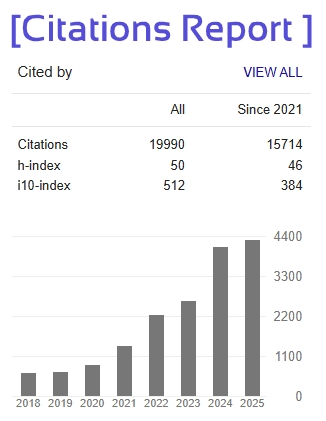Phishing Website Detection Using Novel Machine Learning Fusion Approach
Wagh Gaurav1, Malgunde Akash2, Kiran Kadam3
Guide- Prof.V.B.Deokate
Savitribai Phule Pune University, Pune. Department of Information Of Technology.
Shivnagar Vidya Prasarak mandal’s
College of Engineering, Malegaon ( BK ) Tal:-Baramati, Dist :- Pune
---------------------------------------------------------------------***---------------------------------------------------------------------
Abstract - Phishing is a type of social engineering attack that is commonly used to deceive individuals into revealing sensitive information. It has become one of the main sources of cyberattacks in recent years, primarily due to the rapid advancements in internet technology. Although various defenses have been developed to counter phishing attempts, attackers continuously evolve their strategies to bypass these measures. One of the most effective approaches to tackle phishing and other cyber security issues is the use of machine learning. Over the past few years, machine learning and deep learning techniques have emerged as powerful tools in the field of cybersecurity, offering efficient solutions to security related challenges. Machine learning is particularly well suited for phishing detection because phishing attacks tend to share common characteristics, which makes them identifiable through data patterns. By analyzing these patterns, machine learning models can accurately differentiate between legitimate and malicious websites. This study utilizes several machine learning techniques to detect phishing attacks, leveraging their ability to adapt and respond to evolving threats in real-time. In conclusion, as phishing techniques continue to evolve, machine learning remains a vital tool in cybersecurity, providing a robust defense mechanism that can adapt to new patterns and behaviors exhibited by attackers.
Key Words: Phishing Detection, Feature-Free Learning, Normalized Compression Distance (NCD), Incremental Learning.







